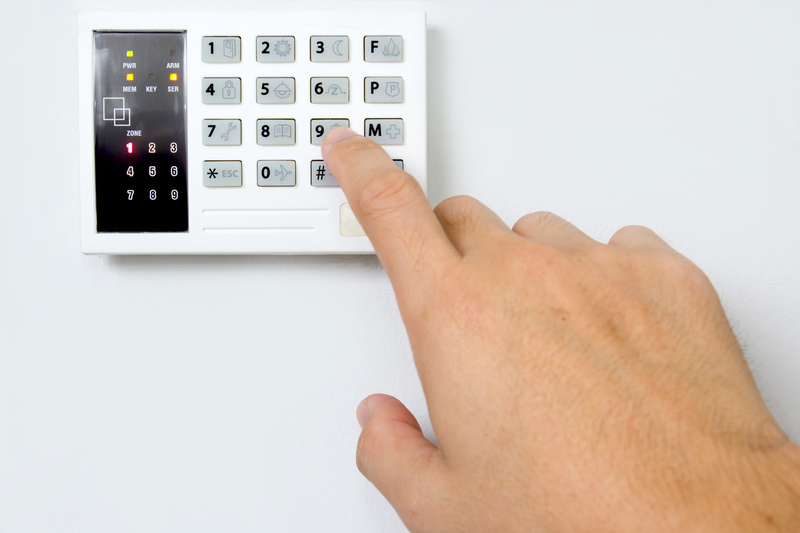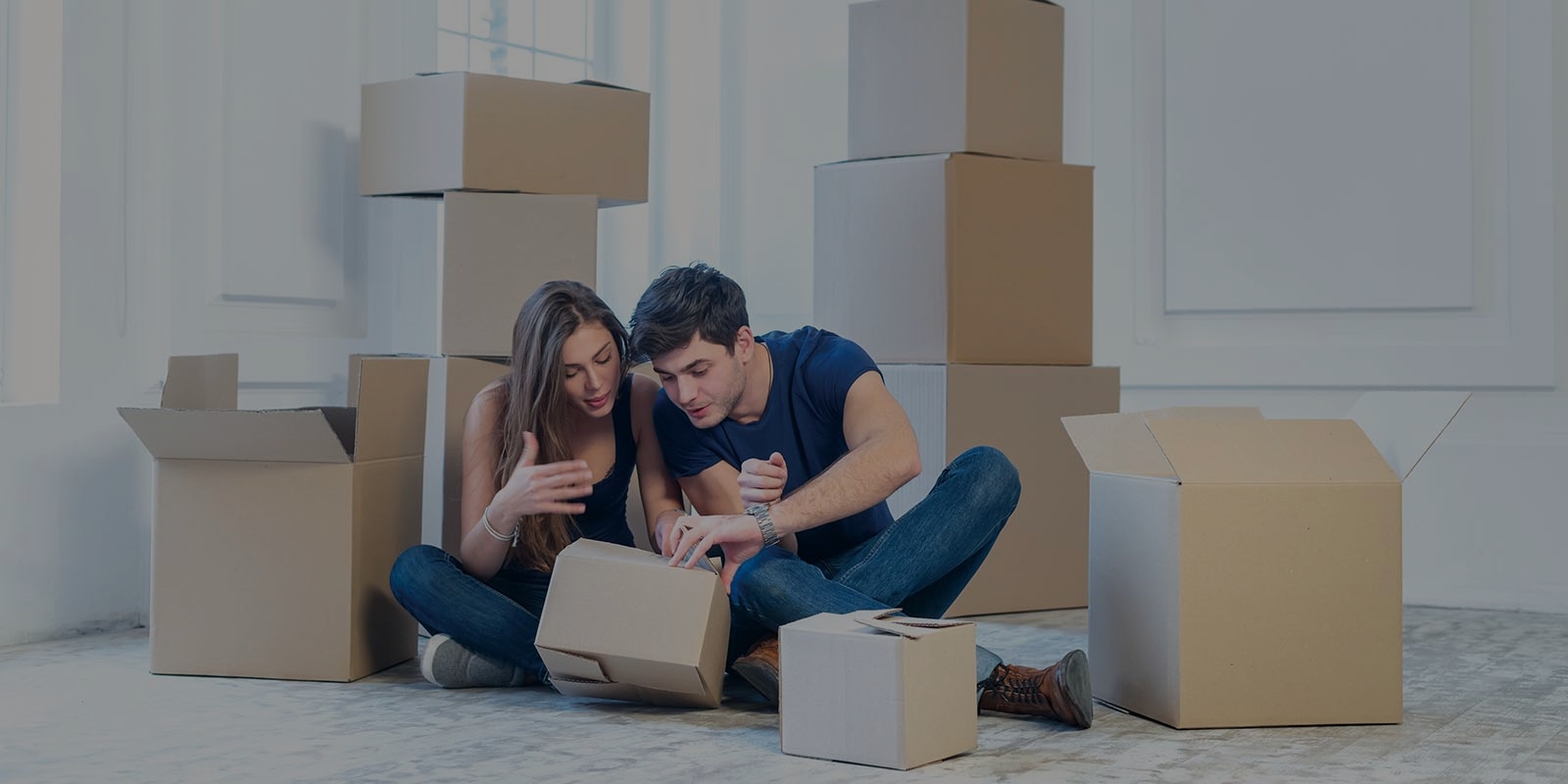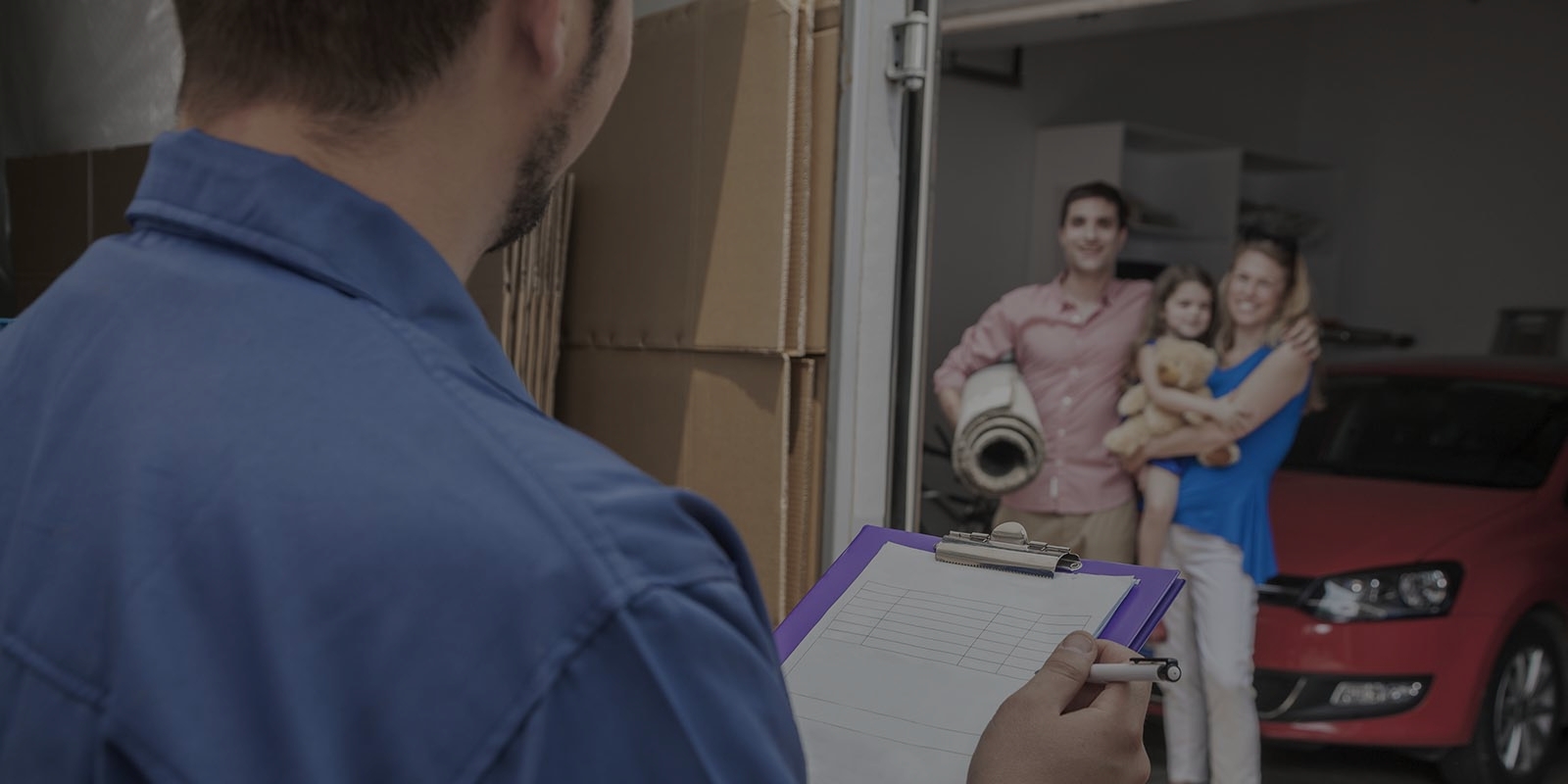Unlock the Essentials of Packing When Switching Homes
Posted on 06/06/2025
Unlock the Essentials of Packing When Switching Homes
Switching homes is an exciting new chapter, but before you can turn the page, there's the all-important task of packing. The process can quickly become overwhelming, but with the essentials of packing when switching homes, you'll be prepared every step of the way. In this comprehensive guide, we'll break down strategic tips, organizational hacks, and the golden rules for a stress-free move. Get ready to transform your packing experience from chaotic to streamlined!

Why Smart Packing is Crucial When Moving House
- Saves Time - Efficient packing methods mean you'll spend less time searching for items, unpacking, and setting up at your new place.
- Reduces Stress - A well-organized packing plan removes guesswork and frustration at both ends of your move.
- Protects Belongings - The right packing prevents damage, ensuring your cherished possessions arrive intact.
- Cuts Costs - Avoid last-minute supply purchases, oversized moving trucks, and unnecessary expenses with careful preparation.
By mastering the essentials of moving and packing, you'll not only protect your valuables but also make your relocation journeys truly seamless.
Preparing for the Packing Process
Start Early and Plan Ahead
The key to stress-free packing is preparation. Ideally, begin your packing journey at least four weeks before the moving day. Early planning allows you to sort through your possessions, gathering only what you truly need and love.
- Create a personalized timeline for each packing phase.
- Designate a packing checklist for each room.
- Set realistic goals and avoid last-minute panic.
Tip: Download or print a moving checklist to keep tasks front and center.
Gather Quality Packing Materials
No guide on packing essentials for moving homes would be complete without a materials checklist. Investing in high-quality supplies ensures your items are well-protected and organized.
- Sturdy Boxes: Various sizes for books, dishes, clothes, and odd-shaped items.
- Packing Tape: Reinforce seams for heavy loads.
- Bubble Wrap & Foam Sheets: Cushion fragile objects.
- Markers: For labeling boxes with room, contents, and handling instructions.
- Labels/Color-Coding Stickers: Assign specific colors to each room for quick identification.
- Shrink Wrap: For bundling and protecting furniture.
- Scissors and Box Cutters: For safe and efficient packing/unpacking.
- Trash Bags: For quick decluttering or soft, non-fragile items.
The Golden Rules: Essentials of Packing When Switching Homes
Declutter Before You Pack
Make your move easier by lightening the load. Go through each room and separate items into groups: Keep, Donate, Sell, or Toss. Reducing clutter not only makes packing easier but also saves money on transportation costs.
- Host a garage sale.
- Donate gently-used items to local charities.
- Dispose of broken/unusable belongings responsibly.
Pack Room by Room
When it comes to switching homes, organization is your best ally. Tackle one room at a time and avoid mixing items from different spaces in the same box. This approach makes unpacking easier and more intuitive at your new house.
Label Everything
Labels are fundamental. Write the destination room, a brief description of contents, and handling warnings on every box. For maximum efficiency, use large, clear writing and place labels on the sides and top of each box so they're always visible.
- Color-code for quick sorting.
- Use specialty markers for fragile items (e.g., "Glass - Handle with Care").
Expert Packing Techniques for a Smooth Move
Maximize Box Space and Protection
Proper packing techniques guard against breakage and simplify the moving process. Follow these best practices:
- Heaviest Items on the Bottom
- Fill gaps with soft materials like towels or packing paper
- Use small boxes for heavy items (books, tools) and large boxes for light, bulky articles (bedding, pillows)
- Wrap fragile items individually and add extra padding around breakables
- Don't overfill or underfill boxes - both can cause collapses or shifting
Special Handling for Valuables and Fragiles
Pay special attention to artwork, electronics, heirlooms, and glassware. For electronics, use original boxes if possible, and take pictures of wire setups for easier reinstallment. Individual wrap and double-box delicate items. Never stack heavy goods on top of your fragile possessions.
Packing Clothing and Soft Goods
- Wardrobe boxes keep garments on hangers, wrinkle-free
- Roll clothes instead of folding for efficient space usage
- Use suitcases and baskets to transport shoes and bedding
Disassemble Furniture Whenever Possible
Take apart large furniture into manageable pieces. Keep screws and assembly parts in labeled zip-top bags taped directly to furniture. Use moving blankets or bubble wrap for added protection.
Efficiency Hacks: Minimize Stress When Moving
Essentials Box or First-Night Kit
Pack a clearly labeled box containing everything you'll need for the first night in your new home. This might include:
- Toiletries (toothbrush, soap, towels)
- Medication and basic first aid
- Clean clothes/Pajamas
- Chargers and basic electronics
- Basic kitchen utensils and snacks
- Bedding or sleeping bags
This box should travel with you, not the movers, to make sure your arrival is comfortable and stress-free.
Digital Inventory and Documentation
Take a photo inventory of high-value items and keep digital copies of warranties, receipts, and serial numbers. This practice may streamline insurance claims in case of loss or damage during the move.
Optimize the Order of Loading and Unloading
- Place boxes you'll need immediately towards the end, so they're first out of the truck.
- Load heavy and sturdy items at the bottom and back of the truck.
- Place fragile and essentials boxes in easily accessible locations.
Special Considerations: Packing When Relocating With Kids or Pets
When switching homes with children or pets, extra planning ensures everyone's comfort and safety.
- Set aside familiar toys, bedding, or comfort items for your child or pet.
- Keep snacks and food handy at all times.
- Label kids' boxes with fun colors to help them feel included and ease the transition.
- Consider arranging for pet or child care on moving day.
Packing Mistakes to Avoid When Switching Homes
- Waiting until the last minute to start packing
- Overpacking boxes or making them too heavy (limit to 50 lbs)
- Forgetting to label boxes or provide clear handling instructions
- Neglecting to protect fragile items or electronics
- Ignoring decluttering - moving unwanted items wastes time and resources
By avoiding these common mistakes, you'll ensure a smoother transition and minimize the hassle of your move.
Unpacking: Setting Up Your New Home with Ease
Plan Your Unpacking in Advance
Before you begin opening boxes, decide on a basic furniture layout and prioritize critical areas:
- Start with the kitchen and bathrooms - essential for daily comfort.
- Set up sleeping areas next, especially important if kids or pets are involved.
- Assemble large furniture and electronics early on to avoid clutter and provide space for organization.
- Unpack room-by-room, using your color-coding and labeling system.
Recycle Packing Materials
After your move, responsibly dispose of or recycle your moving boxes and packaging. Share or donate boxes to others who are relocating, or check with local recycling centers for cardboard drop-off points.

Frequently Asked Questions About Packing When Moving Homes
How far in advance should I start packing for a move?
Begin boxing up infrequently used items up to a month before moving day. Reserved daily essentials and personal items can wait until the final week.
What's the best way to pack fragile items?
Individually wrap each item using bubble wrap, and add extra padding within boxes. Mark every box as "FRAGILE" and ensure it sits atop heavier loads.
How can I make unpacking easier?
Use a detailed labeling and color-coding system, and pack an essentials box with overnight necessities. Unpack one room at a time to keep things manageable.
Should I hire professional movers for packing or DIY?
It depends on your schedule, budget, and comfort with the process. Professionals bring efficiency and experience, but by learning the essentials of packing and moving, many people successfully handle it themselves.
Are there eco-friendly packing options?
Yes! Opt for reusable bins, biodegradable packing peanuts, newspaper, and recycled boxes to minimize your environmental impact.
Final Thoughts: Master the Essentials of Packing When Switching Homes
Packing when switching homes doesn't have to be daunting. By focusing on early preparation, decluttering, strategic organization, and mindful packing techniques, your move will be more efficient, less stressful, and even enjoyable.
Remember to create a timeline, gather the right supplies, and tackle each room methodically. Pay special attention to fragile, valuable, and daily-use items, and don't forget to set aside an essentials box for instant comfort in your new home. With these proven methods and expert advice on the essentials of moving and packing, you'll unlock a smoother, safer, and more satisfying relocation experience!
Happy packing--and even happier settling into your new home!







